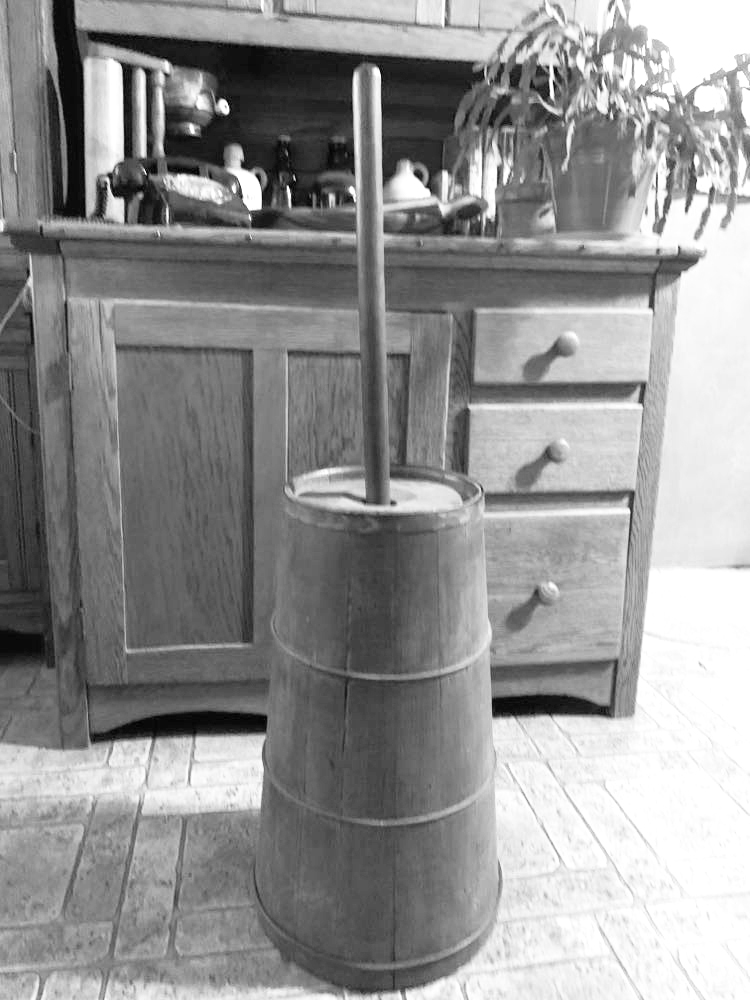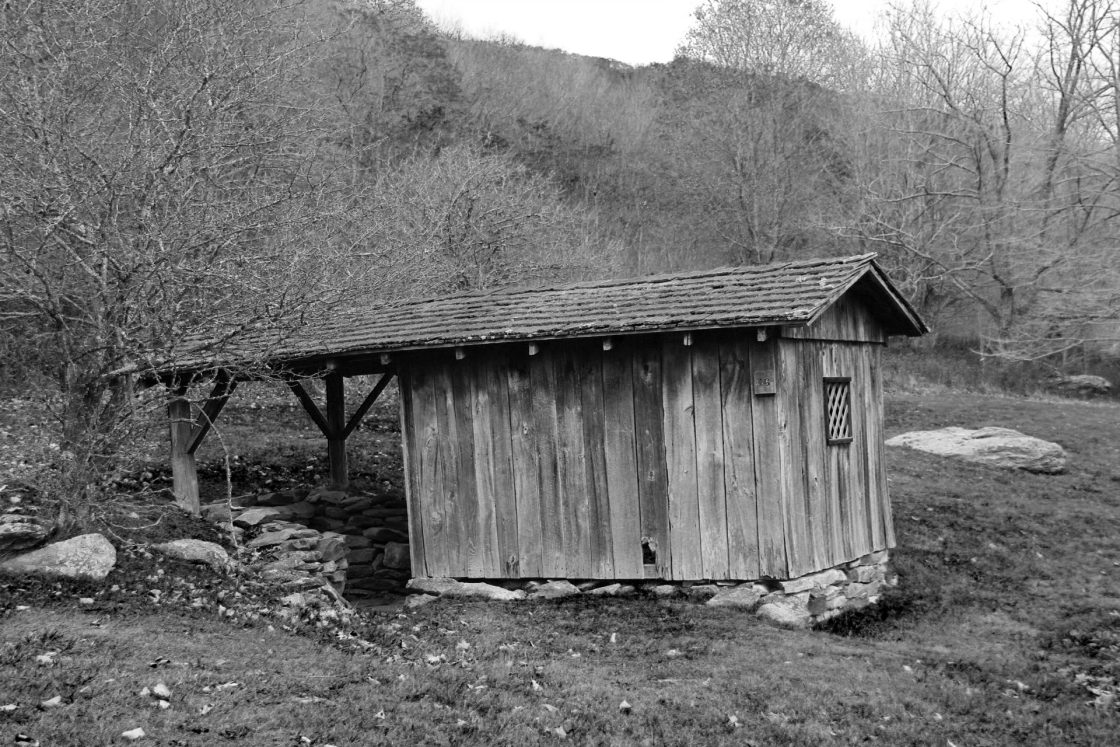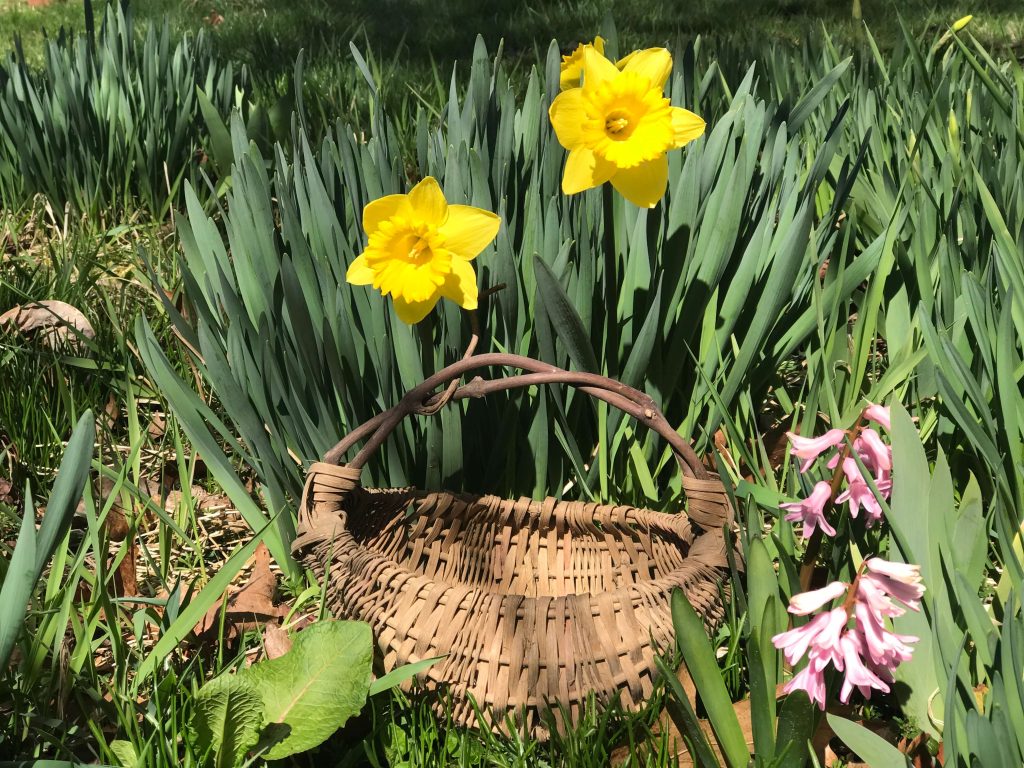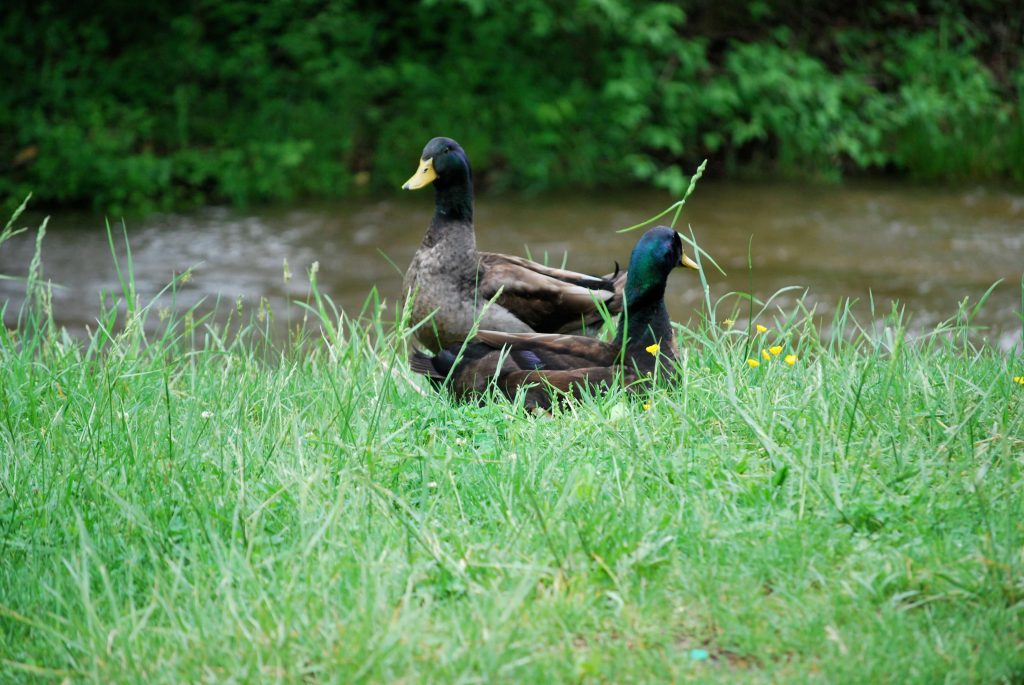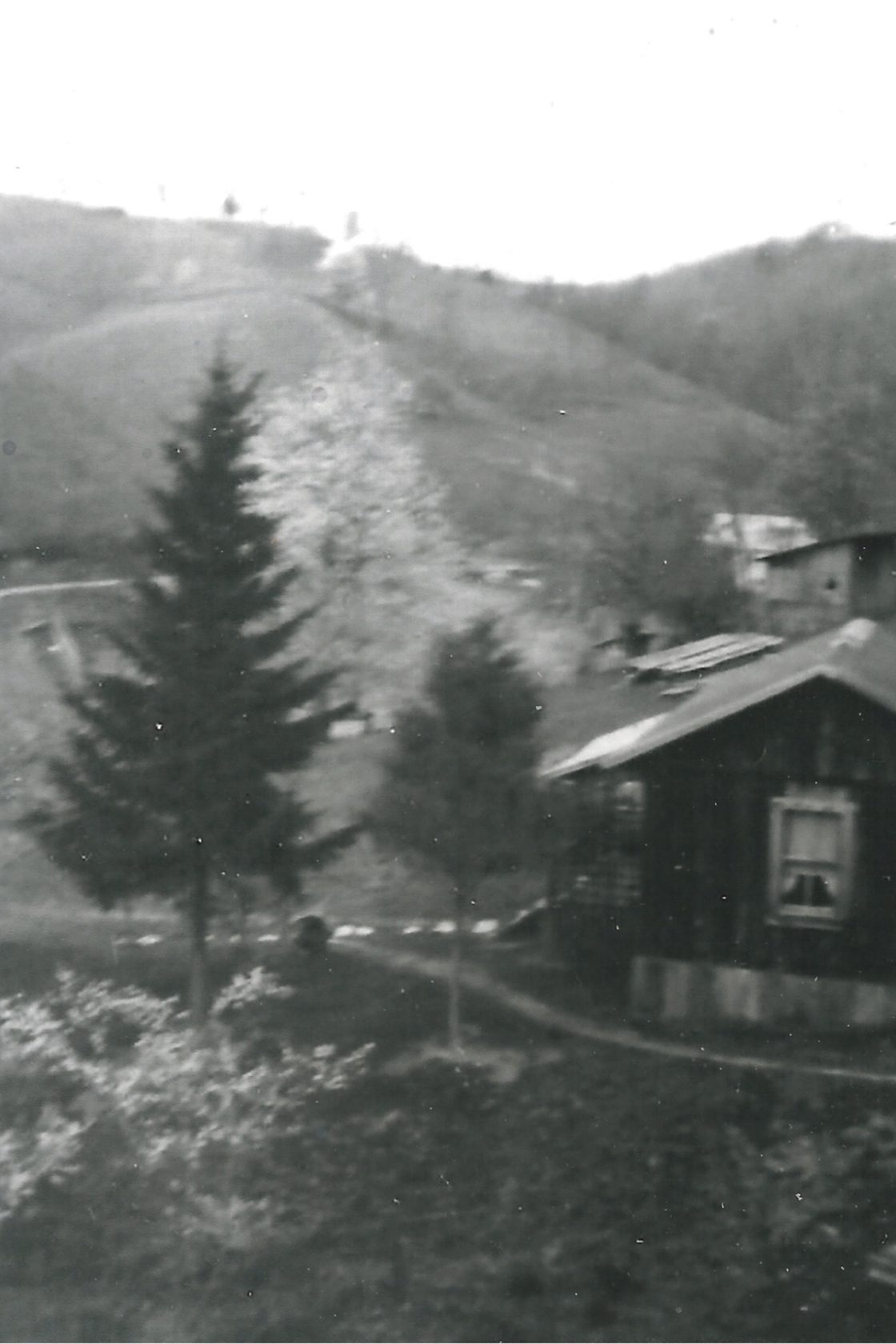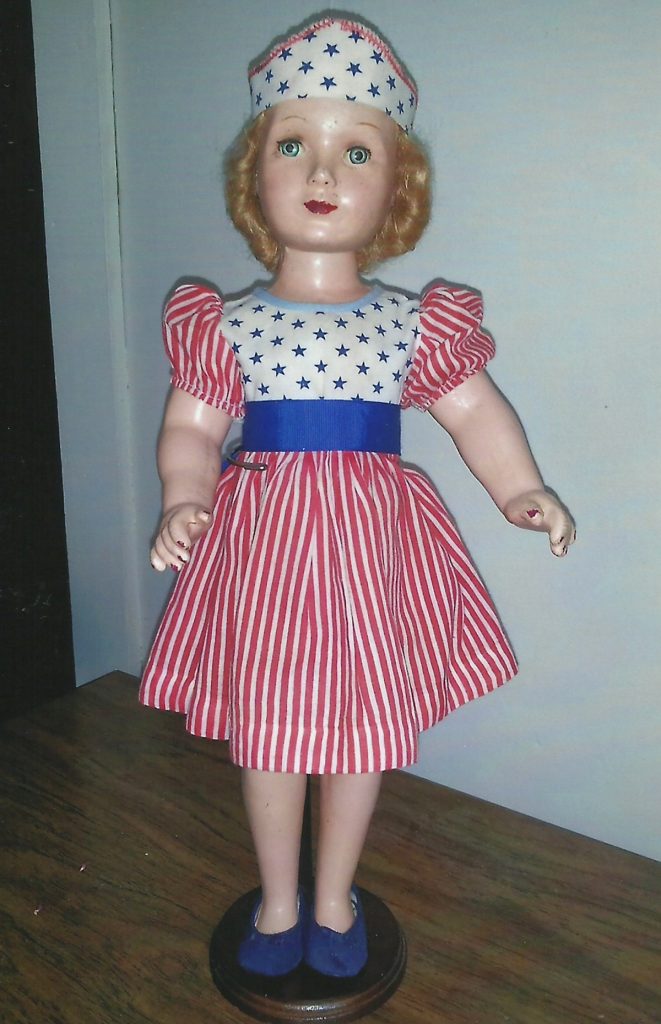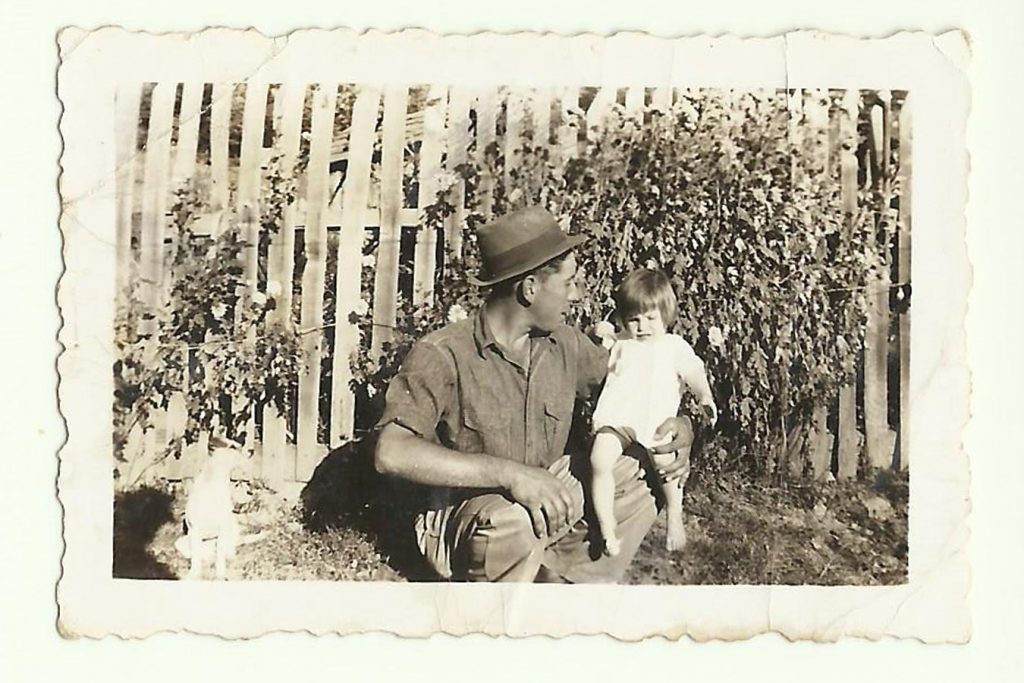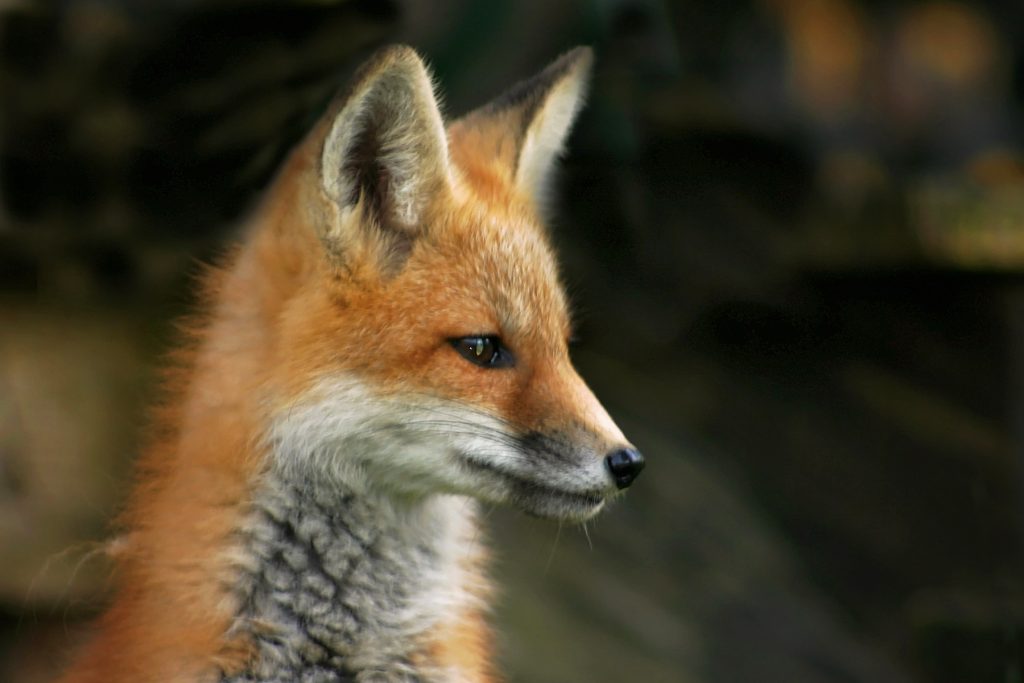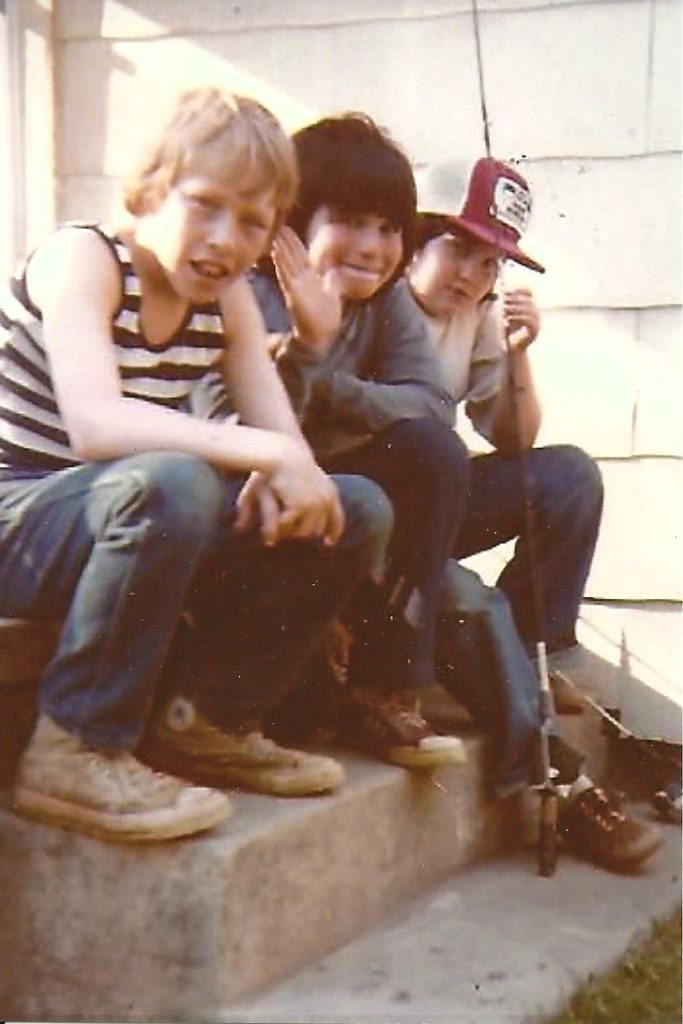Whether we were walking along a country road or following a mountain trail, a fresh little spring was a joy to find and it quenched our thirst as well. Water would be bubbling up from an underground stream. A good strong spring was a must for mountain farms and home-
steads. Fresh water sustained life for both people and livestock. Before the days of electricity and refrigeration, spring boxes and spring houses were very important. That was where dairy products and other perishable foods were kept fresh and safe.
Spring boxes were rectangular shaped boxes. Some of them were built using cement and stone. Ours was made of wide oak boards nailed together. There was a lid for the top. Holes in each end of the box allowed water from the spring to flow through. The box remained half full of water at all times. Stoneware crocks and pitchers containing food, milk and buttermilk were placed into the cold water. Each one had a lid, saucer, or plate on top to cover it. In time, most people built a spring house – a small building made of logs, stone or boards. It covered and protected the spring and the food in the spring box. In the winter time, if the water flow was slow, ice would freeze in the spring box. On hot summer days, it was so nice and cool in the spring house you just wanted to stay there.
We had a jersey cow named Bessie. She was dark brown in color with tan markings on her face. She had small horns, but never used them. She was very gentle. Bessie gave lots of good rich milk which enabled us to keep our spring box full of fresh dairy products. Old Bessie furnished the milk, but Mom worked hard, too. She milked the cow twice a day, strained the milk, poured it into crocks and carried them to the spring box to cool. There was whole milk for drinking and for making the best gravy in the world. There was milk for making butter and buttermilk, which Mom used to make the fluffiest biscuits you ever saw. There was milk for making cottage cheese that tasted like mozzarella does today. And the hogs enjoyed the whey. There was cream for whipping to put on warm gingerbread just out of the oven. Oh! I can almost taste that! Old Bessie and Mom did a good job of keeping our family fed and we had some milk to sell.
As a child, I could not figure out how Old Bessie grew so big and gave so much milk. She was a strict vegetarian – eating only salad greens (grass), with a sprinkling of bugs and worms for garnish every day. She also ate some chop and hay – nothing substantial. Bessie chewed her food at least a hundred times before swallowing. Maybe that was her secret.
You talk about a lesson in patience, when I was seven years old I wanted to learn how to make butter. Mom sat me in a chair by our big wooden churn that was filled with whole milk. It seemed like FOREVER that I lifted the wooden handle of the dasher up in the churn and let it fall. As the milk thickened my arms grew very tired. Finally, it was butter, ready to be taken out of the churn. Then it was rinsed, drained and salted. I loved pressing the butter into the wooden butter molds. When we turned it out on a saucer it was so pretty. There was a little design on top. But we were not done yet. The buttermilk was then poured into pitchers and carried to the spring box. The churn had to be cleaned and dried. For that, we had to carry buckets full of water from the spring to heat on the wood stove.
In this story, I have mentioned only a few of the daily blessings my family and I enjoyed while living in our little house on our little farm in the Appalachian Mountains.
